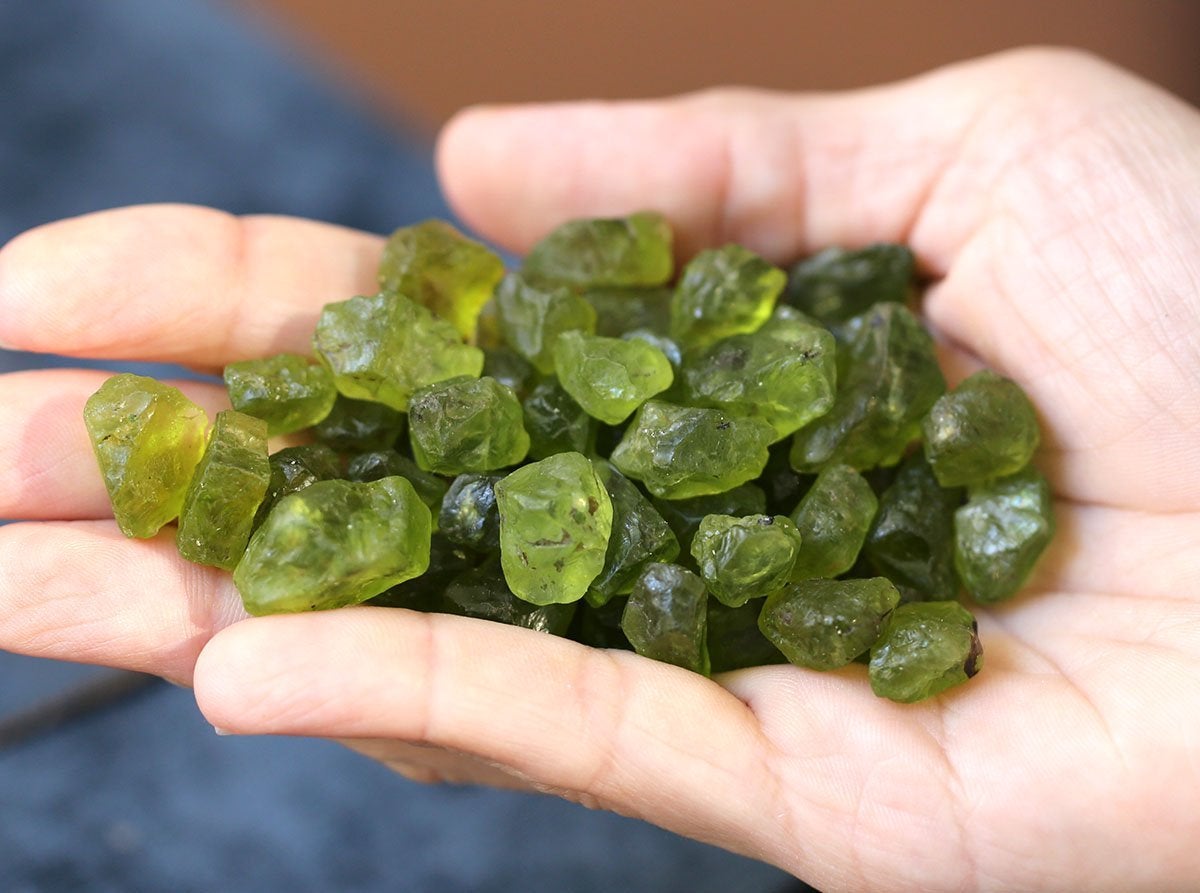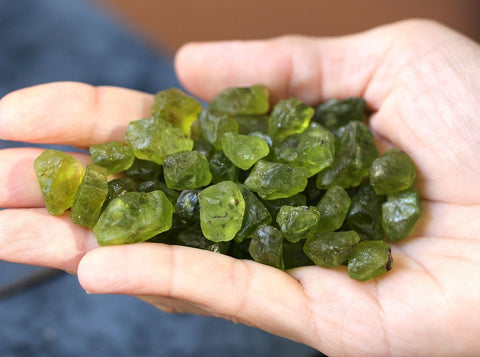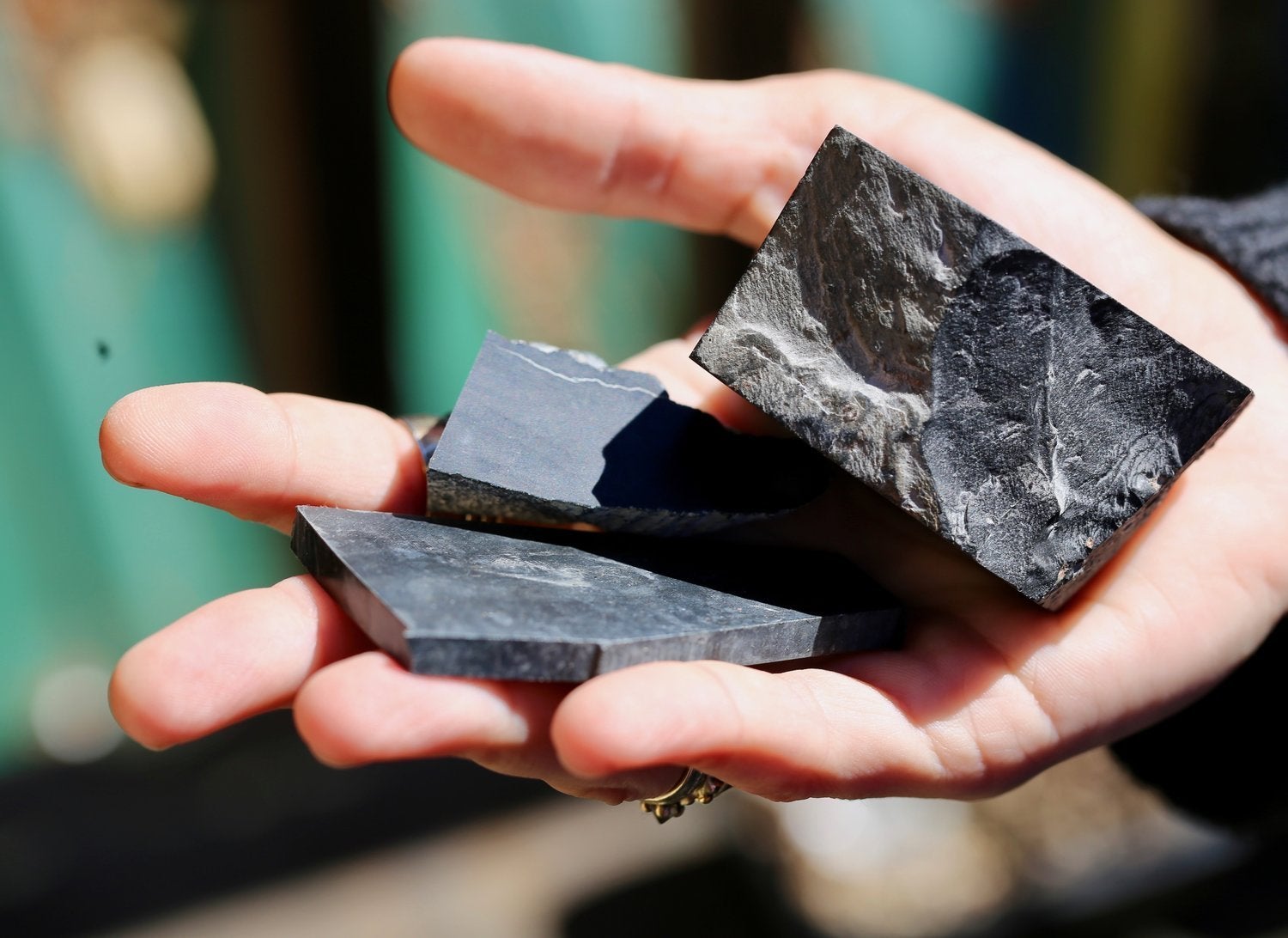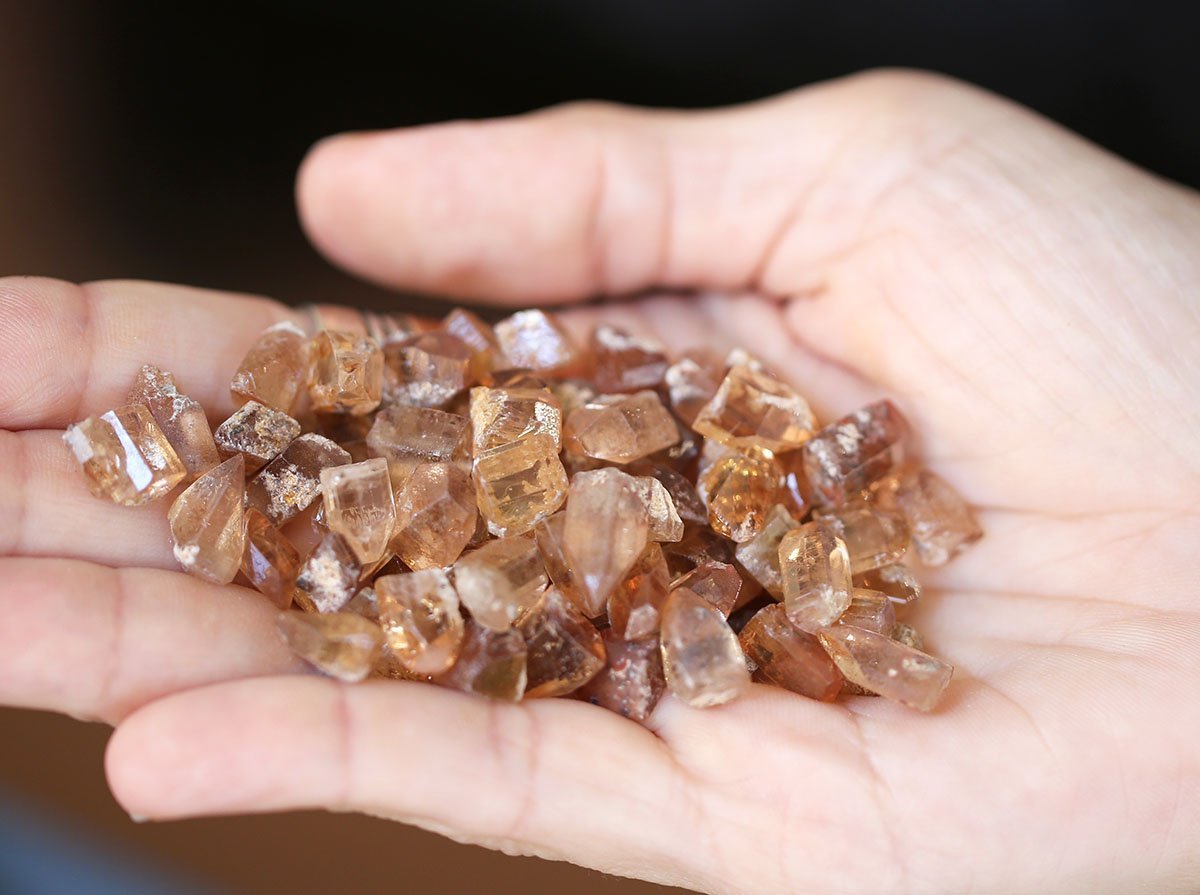
Peridot Meaning & History - The Gem of the Sun
Peridot, also known as chrysolite, is a magnesium-rich variety of olivine. Peridot is one of two gems that is formed from molten rock in the upper mantle of the Earth, the other being Diamond. Gem-quality peridot is therefore quite rare owing to its’ susceptibility to being weathered and damaged during transportation from deep within the mantle to the surface. Peridot is always an olive-green color, though it can appear lighter or darker depending on the level of iron present. Higher concentrations of iron result in a darker appearance.

Peridot Meaning
The etymology of the name ‘peridot’ is unclear. It may be derived from Arabic ‘faridat’ meaning ‘gem’ although the Oxford English dictionary suggests it comes from the Anglo-Norman: ‘Pedoretés’. The alternative name chrysolite is derived from the Greek ’Chrysolithos’ meaning ‘Golden Stone’ and is featured prominently in the Bible. In the Book of Revelations 21:20, chrysolite is the seventh gem listed as being used to build the "New Jerusalem".

Peridot History
Peridot has been mined by humans for around 4000 years, with the Ancient Egyptians being noted for their love of what they called ‘The Gem of the Sun’. Peridot was carved into beads and talismans and used to ward off dark spirits and protect its’ wearer. The Isle of St. John (Zarbargad Island) on the Red Sea in Egypt is where peridot had been mined for thousands of years, until it was abandoned for centuries and rediscovered in 1905.
The Ancient Greeks called the island ‘Topazios’, which led to some confusion over which gemstone was being mined from the island, mistaking it for topaz. Legend has it that the island was infested with snakes until a Pharaoh drove them all into the sea, allowing the workers to mine safely.

Peridot Today
Peridot remains the National Stone of Egypt, although today it is mostly mined from Arizona, Myanmar, Sri Lanka and Pakistan. Peridot can also be found in China, Australia, Mexico, Saudi Arabia and South Africa, amongst other countries. We source our peridot from Arizona.
The largest peridot in the world can be found in the Smithsonian Museum, weighing 311.8 carats. Peridot is also the August birthstone, gifted to people with birthdays in that month.
To get your own unique piece of peridot jewelry, check out our made to order peridot here.



